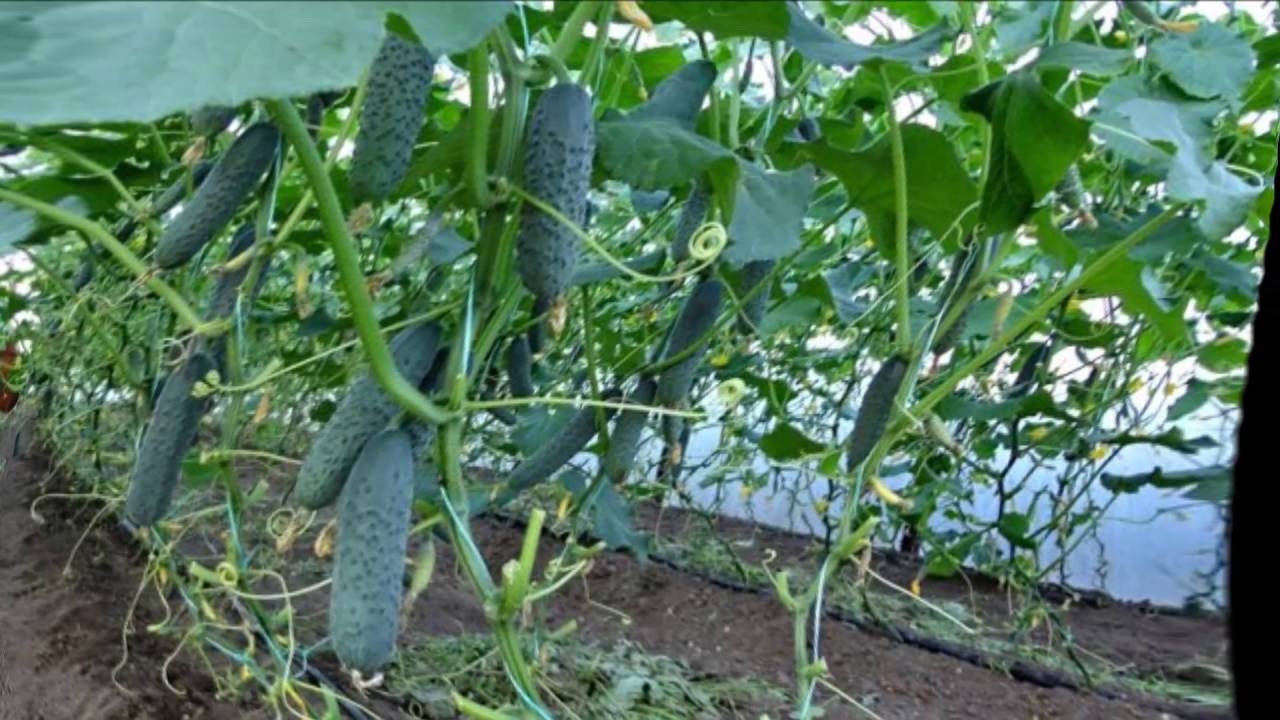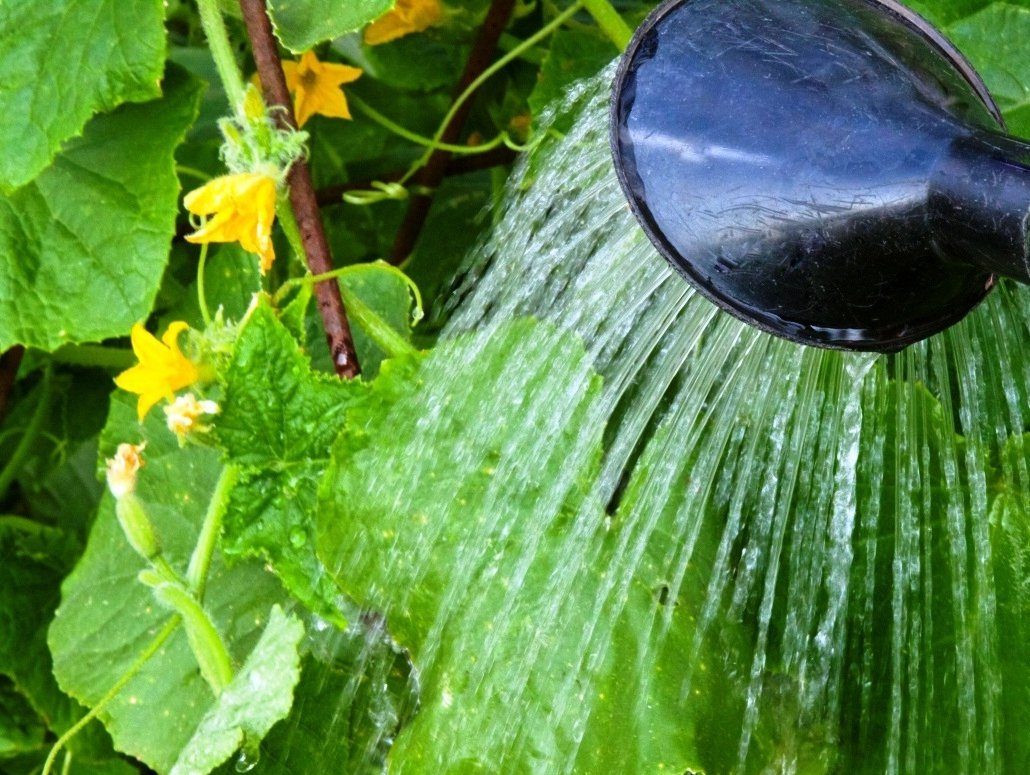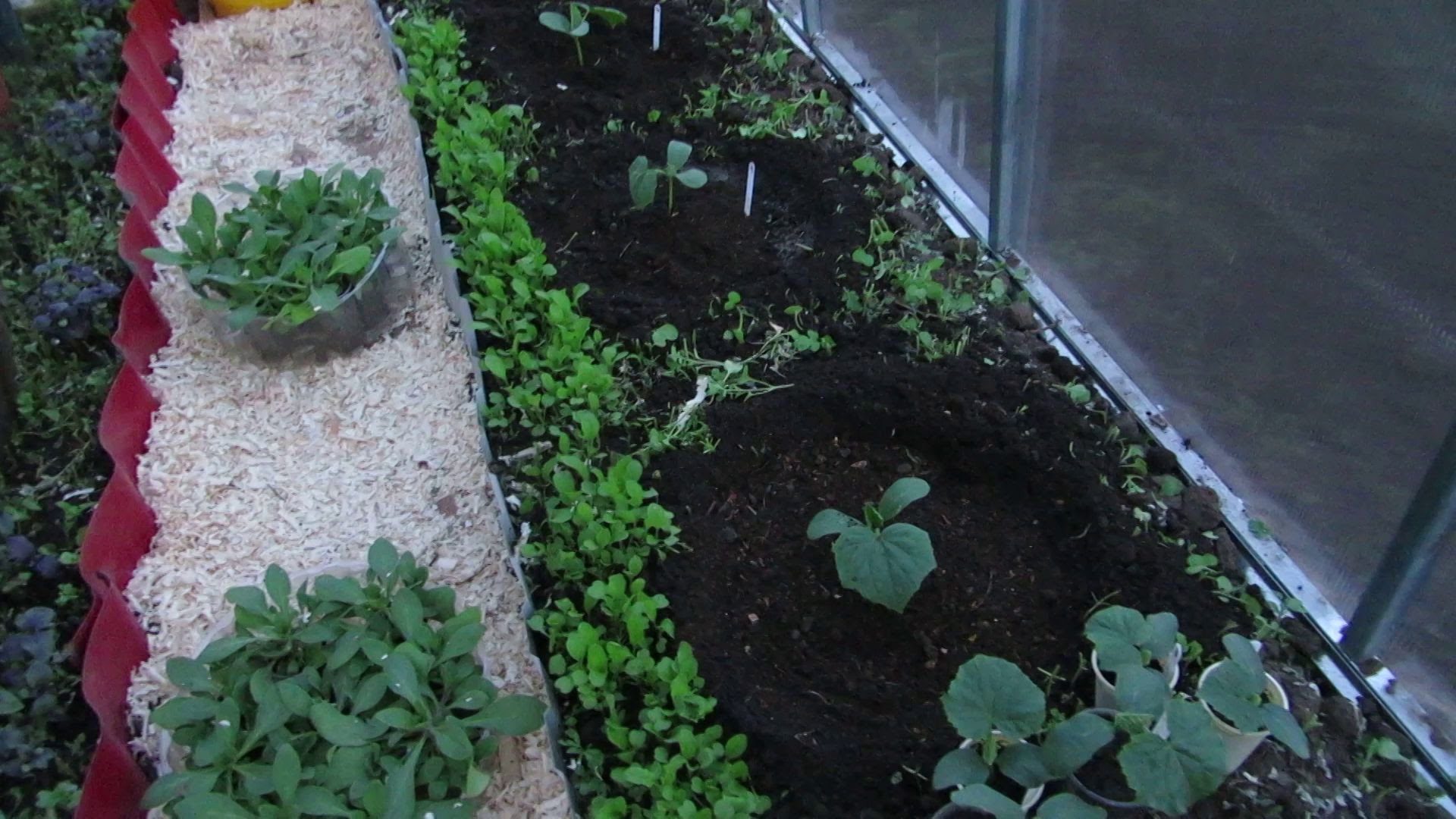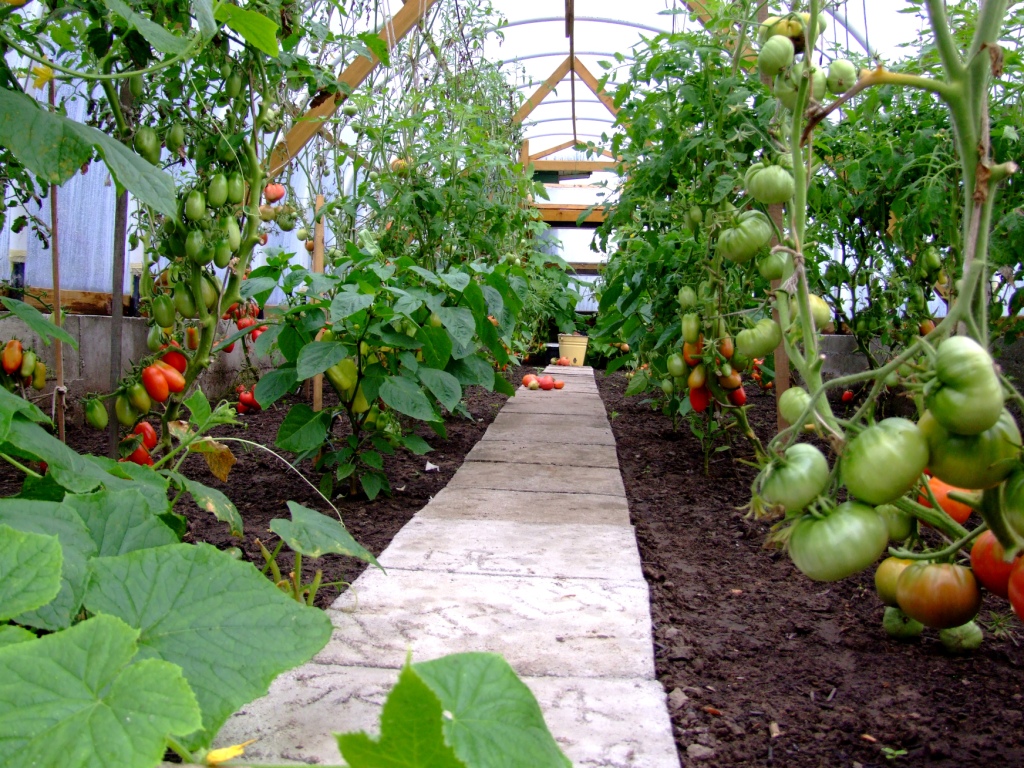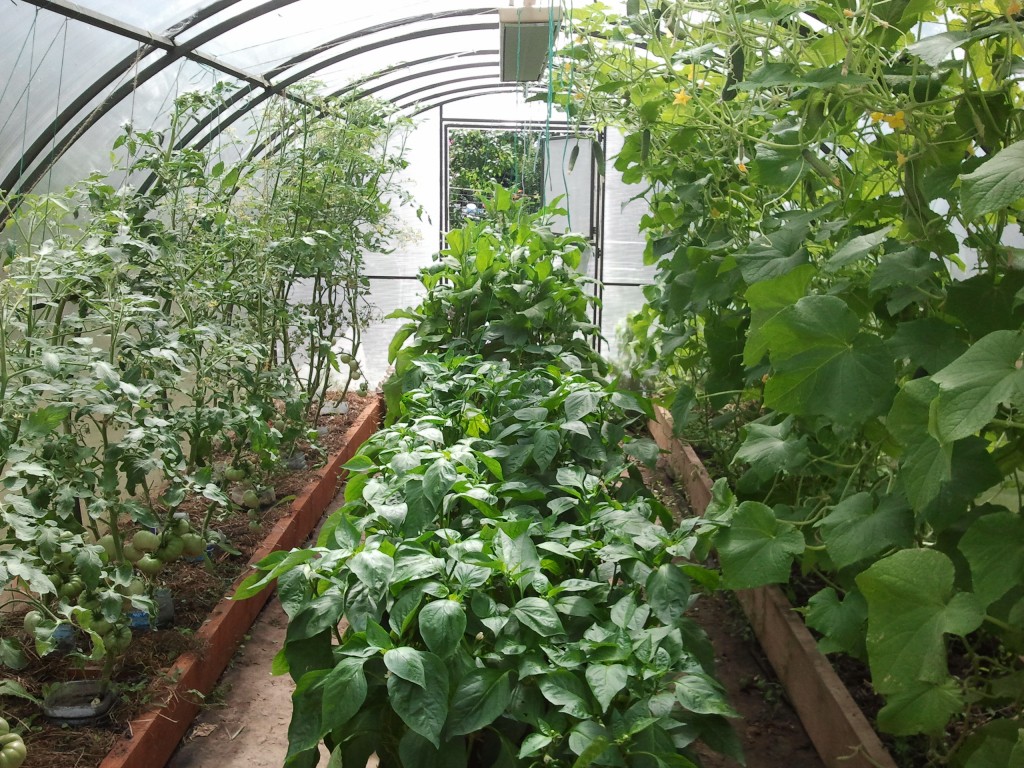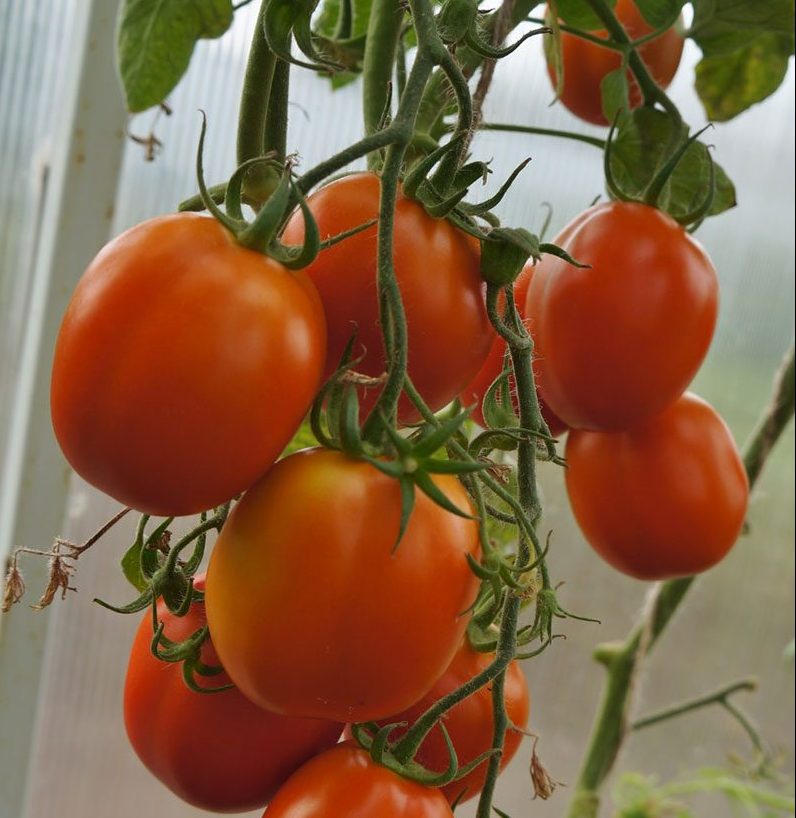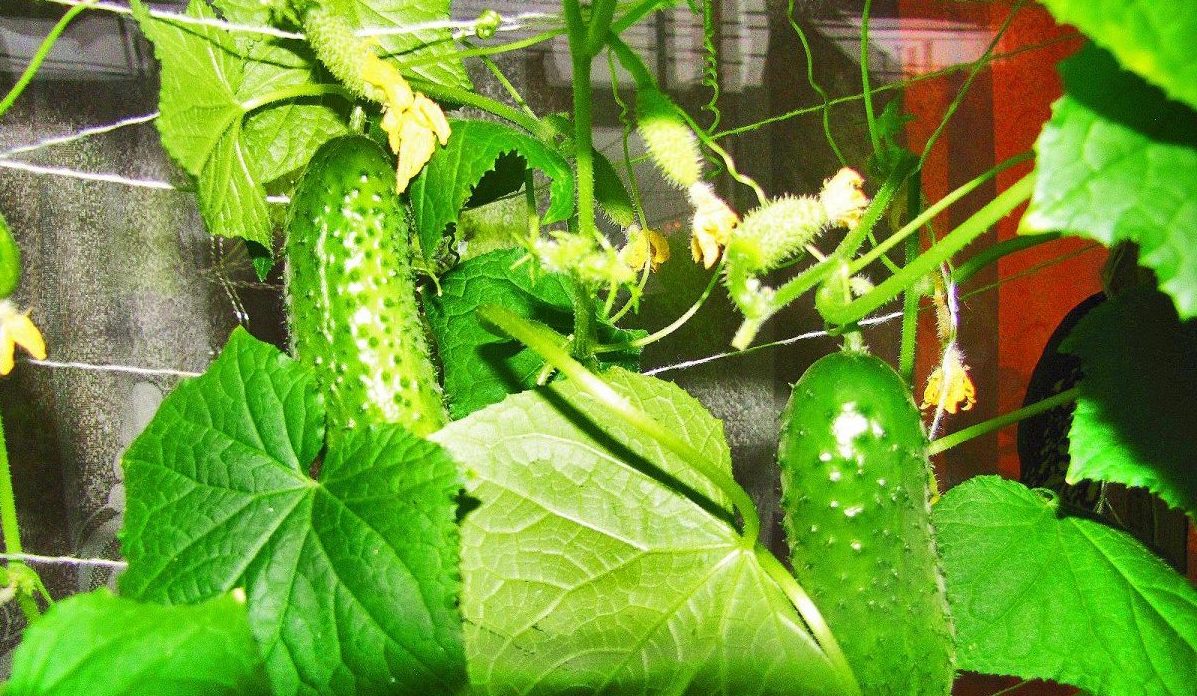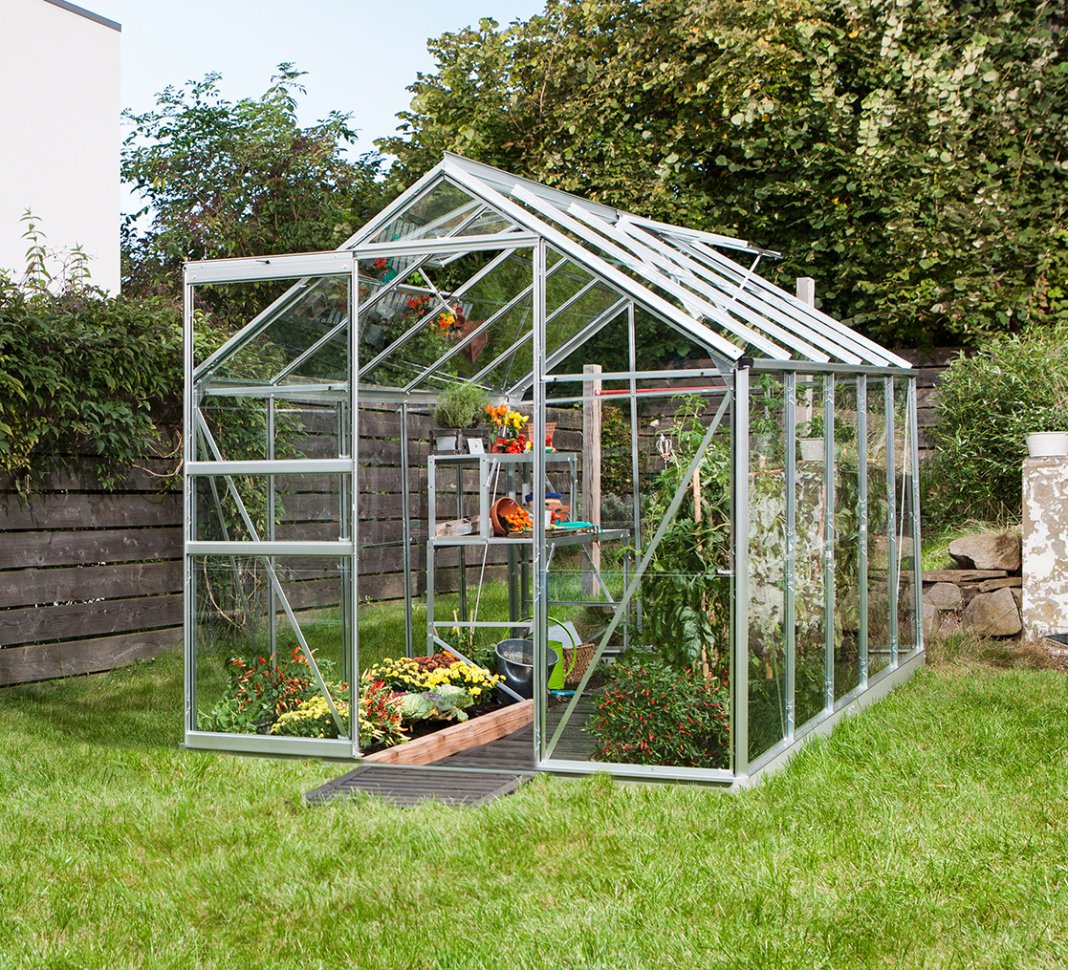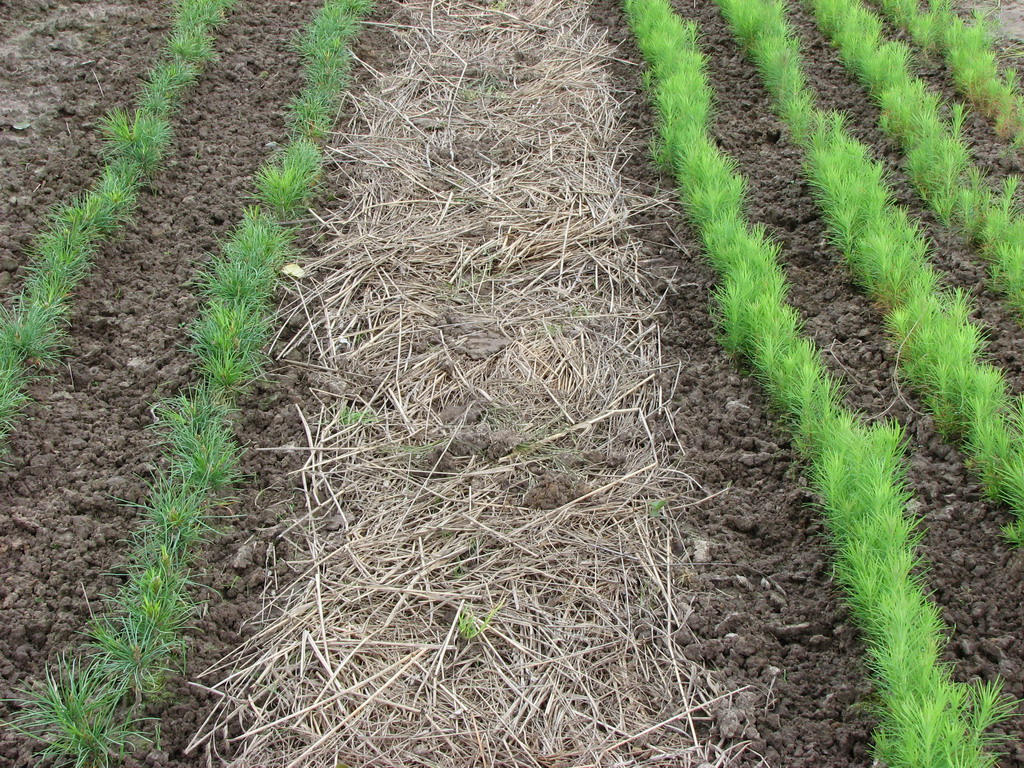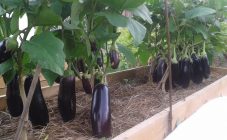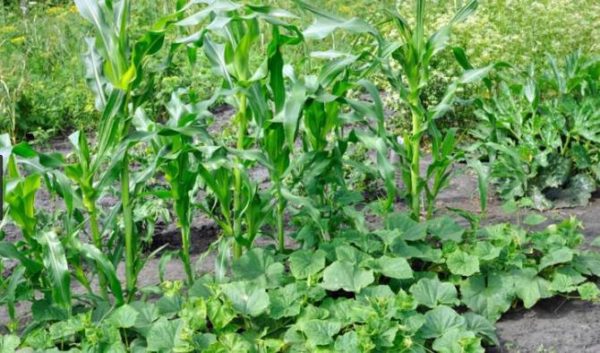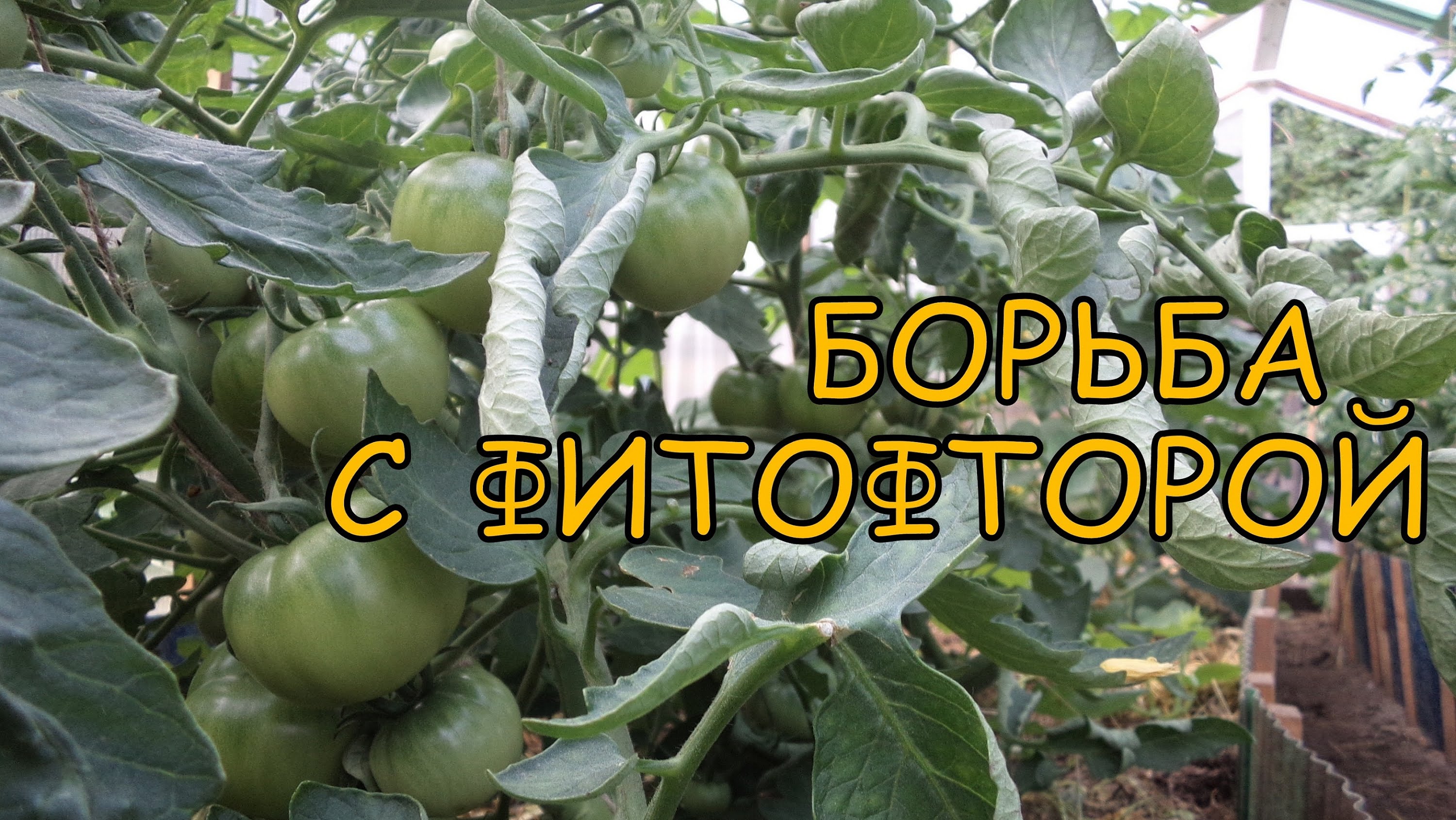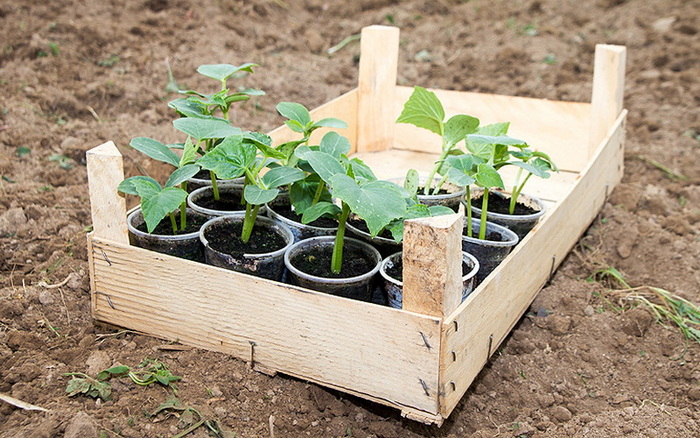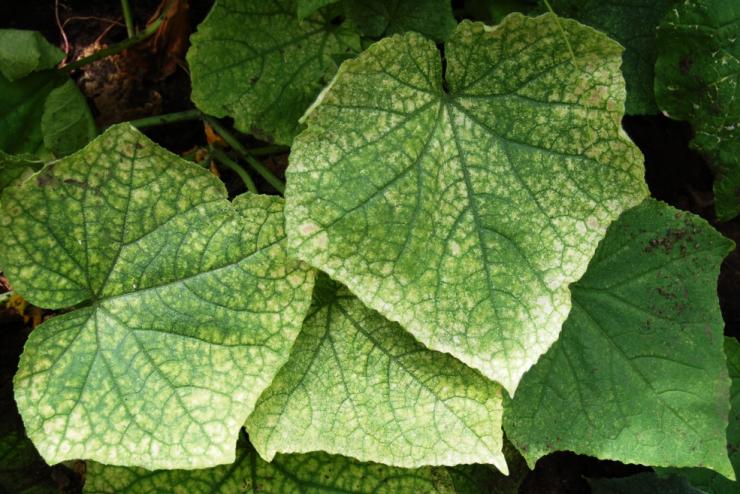Content:
Even if the garden plot is small, and you can build only one greenhouse, vegetable growers try to grow tomatoes and cucumbers in them - the most popular vegetable crops today. But many of the summer residents doubt whether it is possible to grow these vegetable crops belonging to different families and requiring different care in one closed room.
To get a good harvest, it is worth figuring out whether it is possible to grow cucumbers and tomatoes in a greenhouse, how compatible they are, and how to create an optimal microclimate for these crops.
Optimal conditions for growing cucumbers in a greenhouse
In greenhouse conditions, those varieties of cucumbers are usually grown that do not need the presence of pollinating insects - self-pollinated and parthenocarpic varieties. Self-pollinated species have both stamens and pistils in each flower; pollination occurs when pollen is transferred to the pistils from the stamens in each flower. Therefore, there are no barren flowers among such varieties; a full-fledged fruit will appear from each bud in the future. In the future, vegetable growers can collect seeds from their favorite varieties in order to plant them again in the future.
But among the self-pollinated varieties there are also hybrids, from which it is useless to collect seeds - the growing offspring of hybrids can take on the properties of the “parents” only partially, so the seeds of hybrid vegetables have to be bought every season.
In parthenocarpic varieties of this vegetable crop, the fruits are tied without pollination, and in ripe cucumbers, seeds are practically not formed at all.
Growing these vegetables in greenhouse conditions begins with preparing the soil. These vegetables are grown either directly by sowing in the ground, or by seedling.
Cucumbers love loose, fertile soil, which allows oxygen to pass well to the roots, while retaining moisture; the same soil is required for seedlings. Therefore, there should be little peat in the soil, due to which the water quickly leaves. And cucumbers love moisture.
The components are mixed and sieved, then it is better to ignite the soil in order to destroy pathogenic microorganisms that may be in it. Before laying out the soil, a kilogram of vermiculite, 200 g of wood ash and 60 g of superphosphate are added to the containers.
In polycarbonate greenhouses, the soil begins to be prepared in the fall. Immediately after harvesting, the beds are sown with green manure crops, which are dug up about a month and a half after the emergence of seedlings. In winter, you need to throw snow into the greenhouse, which will melt in the spring and saturate the soil with moisture. After the spring digging for cucumbers, it is better to prepare warm beds, since cucumbers love heat very much.
Planting seeds or seedlings in the greenhouse should be at the same distance as in the beds - about 0.5 m from each other. It is impossible to plant them closer - when the plantings thicken, they will interfere with the growth and development of neighboring lashes, there will be no access to fresh air to the shoots, in such conditions fungal diseases often develop.
Optimal conditions for cucumbers include a number of care requirements, including watering, air humidity, lighting, temperature conditions, and top dressing.
This vegetable plant from the pumpkin family is especially demanding for the level of soil moisture. The more often cucumbers are watered, the better they grow. The leaves of these vegetables will immediately tell about the lack of water in the ground - they begin to wither. This is due to the peculiarity of the root system of cucumbers - it is located close to the soil surface, therefore, it can select moisture only from the upper soil layer. If the weather is hot, during the period of mass ripening of cucumbers, they are watered daily.
Every day, for each square meter occupied by cucumbers, at least 20 liters of water are added.
Fertilizers are applied to the strips on which these vegetables grow every 12-14 days. Before buds appear, organic fertilizers are used as top dressing (mullein, chicken droppings, green leaves and ash). From the moment of flowering, any potassium salts will be the best fertilizer.
After planting seeds for seedlings, seedlings need to provide a day length of at least 10 hours. If necessary, fluorescent lamps are installed, since the plants stretch out when there is a lack of light, their stems will be long, but thin. During the formation of ovaries and during ripening of fruits, the duration of daylight hours should be at least 12 hours.
After planting the seeds, the temperature regime in greenhouse conditions should be at least 25⸰С, in the future you can reduce the temperature to 18-19⸰С.
Air humidity in cucumber beds should be maintained at around 90%. That is why they say that this plant is too capricious - because of their great "love" for moisture in the air and in the ground.
You need to be very careful to ventilate the greenhouse where the cucumbers grow, because these plants cannot stand strong drafts.
Conditions for growing tomatoes
Tomato seedlings can be planted in heated greenhouses already at the end of April, the possible dates for planting tomato seedlings in unheated indoor ground - in the second half of May. The temperature in the greenhouses should be around 24 ° C and the soil temperature around 16 ° C. The arrangement of tomato bushes depends on the variety and size of the greenhouse. The best arrangement of the rows is from north to south. The average distance between rows must be at least 0.6 m.
The main requirements for caring for tomatoes are regular watering, garters of bushes, regular airing of the room, mulching. After transplanting seedlings into closed ground, the first watering of the seedlings is carried out only after 10 days, in the future, the regularity of watering is once every 4 days. During flowering, tomato bushes are watered more often. You can tie up this vegetable crop within 11-13 days after transplanting seedlings.
Tomatoes are not afraid of drafts, therefore, 1.5 hours after watering, you can open the greenhouse doors and ventilate it. On sunny days, the air temperature in closed rooms should be kept around 24-26⸰С, but not below 19⸰С.
Is it worth growing cucumbers and tomatoes in the same greenhouse
Experienced growers know that the requirements for growing conditions for these two crops are different, so many ask a reasonable question: how to plant cucumbers and tomatoes in a greenhouse together? After all, the agricultural technology for growing these vegetables is different: cucumbers need constant watering, high air humidity and the absence of drafts, but such conditions are destructive for tomatoes. But with the right placement, these two vegetables can coexist in greenhouse conditions.
It is necessary to arrange tomatoes and cucumbers in the same greenhouse so that these plants do not interfere with the growth and development of each other.
The first thing to do is to plant the tomatoes close to the exit from the greenhouse. Tomato bushes will be better ventilated near the entrance, and the humidity due to the draft will be lower.
And it is better to plant cucumbers in the corner far from the exit, where there are no drafts, the humidity is higher. In addition, with such a joint planting, growing cucumber lashes will not cast a shadow on the tomato bushes.
To create a separate microclimate for these two different care crops, separate them with polyethylene partitions. In this case, it will be possible to combine a humid climate without drafts for cucumber lashes and dry air with frequent ventilation for tomatoes.
And even a novice vegetable grower can partition the greenhouse with the help of racks on which a plastic film is stretched.
Selection of varieties for combined plantings
The high yield of these such different vegetable crops is possible only with the correct selection of varieties of tomatoes and cucumbers.
When choosing varieties of tomatoes, one must focus on those varieties that are resistant to high humidity and highly resistant to late blight:
- Oak;
- Dubrava;
- Black De Barao;
- Dwarf;
- Lark;
- Tsar Peter;
- New Year;
- La La Fa and some other varieties.
All of the above varieties of tomatoes withstand an increase in humidity, while practically not being affected by fungal diseases, therefore, they can show a fairly good yield even in uncomfortable conditions.
But it is also necessary to select varieties of cucumbers that can grow calmly in a cool climate. It should be remembered that many cucumber varieties in such conditions are prone to damage by various types of rot, as well as to other dangerous diseases. Moreover, such diseases can be transmitted to tomatoes, in this case, you can lose the plants, and with them - the future harvest.
The following varieties of cucumbers are best suited for joint cultivation in a greenhouse:
- Benefit;
- Crane;
- Leandro;
- Thumb Boy;
- Masha;
- Natalie;
- Pasadena and several other cold weather tolerant varieties and hybrids.
Preparation for planting, landing rules
It is important not only to choose varieties of tomatoes and cucumbers for joint cultivation, but also to plant them correctly in the greenhouse, taking into account the crop requirements for a specific microclimate.
Separation, location
Experienced vegetable growers are advised to divide the greenhouse into zones, in each of which a certain crop will be grown. At the same time, tomatoes will not suffer from excessive moisture, and cucumber whips will not suffer from drafts.
Several longitudinal beds are being prepared. In the north, cucumber seeds are planted. In such conditions, the lashes will not suffer from the sun's rays, and the moisture will not evaporate too intensely.
Tomato seedlings are planted in the center. At this place, the flow of fresh air is strongest, so the bushes will not suffer from excessive moisture.
And on the southern ridge, eggplants or greens are grown.
Zoning
It is worth using the zoning principle when growing these vegetables together. At the same time, it is possible to arrange a capital partition in a polycarbonate greenhouse, dividing it into two isolated rooms, in each of which it will be possible to create a certain microclimate.
But you can also simply delimit the growing zones with plastic wrap stretched on a string.
Hydrogel
This is a modern adsorbent that can be a salvation for vegetables in greenhouses - it quickly absorbs moisture during watering and instantly gives it to the root system of cultivated plants.
This substance simultaneously helps to maintain the humidity of the air at a certain level and give a large amount of moisture to those plants that especially need it.
Mulch
If it was not possible to add hydrogel to the soil in time, you can protect the soil from rapid evaporation of moisture when growing a cucumber crop using a mulch layer.
A layer of chopped grass (at least 10 cm thick) is usually spread under the cucumbers. Such a “blanket” will not allow moisture to evaporate after watering, maintaining the necessary microclimate in the soil for the growth and development of cucumber lashes.
If done correctly, a great harvest is guaranteed!
